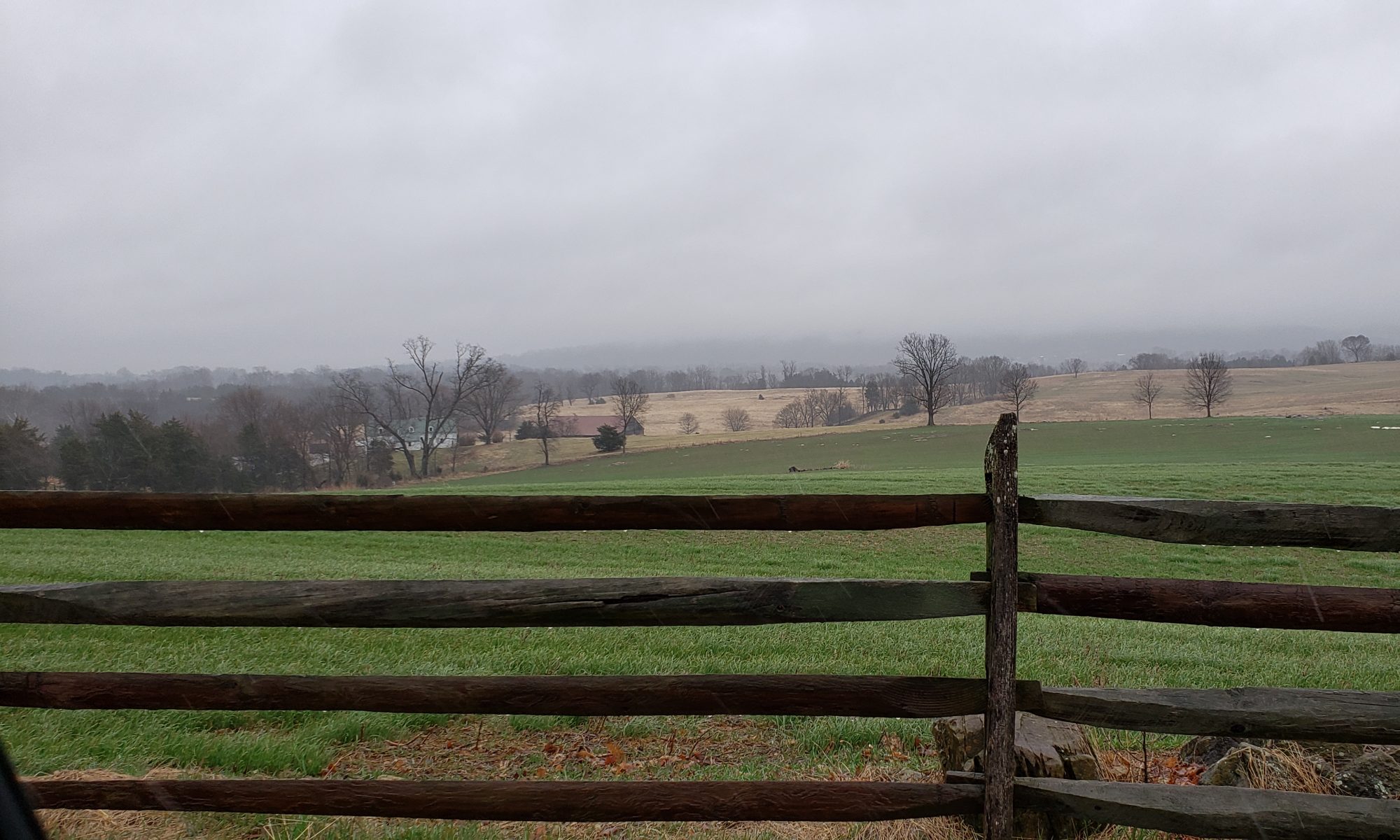The exercise this week is to answer a few questions on the experience of doing the StoryMap project and then comment on the readings about using digital networking techniques.
Doing the Storymap in the time frame with a retreat and Father’s Day in the middle of it made it. An intense experience from a schedule perspective. In other words, I was crunched to get everything done in the StoryMap, and that’s why I am late with getting the Blog in. It came down to time on the StoryMap or the Blog, and the StoryMap won, although I did cut out time to read the articles.
I put together the text portion and the design of what I was going to do from a visual perspective using Scrivener. It was easier to see what I was doing that way. Once I had it about right in Scrivener, I put it in StoryMap and ran it through Grammarly while in StoryMap. My issue with Grammarly interface was sometimes the changes took and sometimes it didn’t. Although it could’ve been me not saving the edited result in StoryMap.
On the visual side, I planned the visuals for each slide and recorded some visual options in Scrivener, Once I had collected a range of visuals, I did a trial and error with them in StoryMap. I attempted to pick the visuals that were most closely aligned to the main point of the slide I was working on. I did try to use both a background and a foreground visual that were related. If I could work photoshop better and had more time, I would put some images together into one composite image to enhance the visual experience, and overcome some of the constraints that StoryMap imposes.
My biggest issue with the StoryMap exercise was staying in the 200-300-word limit. Edward’s text alone on arrival in Louisville started at over 300 words. So, I pretty much violated the 200-300-word guideline.
Overall, I was happy with the project. I didn’t need to spend much time in learning the tool. It’s pretty straight forward. The application has enabled me to undertake and complete a project I wanted to do for my family ever since Edward’s letter surfaced. I still have a few minor edits including the need to get the bibliography correct, and to provide a link to Edward’s original letter and my transcription. But once those are done, the story of Edward’s journey and the ability of anyone to access it will be complete and I can get on to other projects.
The readings this week are on the application of data analysis and visualization techniques to networks in history projects. Graham et al. in The Historian’s Macroscope Big Digital History, give a short history of the evolution of digital technologies to analyze networks and summarize some of their applications. The point they made that really resonated with me was, “Network approaches can be particularly useful at disentangling the balance of power, either in a single period or over time. A network, however, is only as useful as its data are relevant or complete. We need to be extremely careful when analyzing networks not to read power relationships into data that may simply be imbalanced.”
Network visualizations can look make people look more interrelated and intentional than was really the case. People are complicated and the data to adequately describe those complexities is seldom there in real time let alone in archival remnants available to the historian. The digital visualizations can make our analysis using incomplete data look more explanatory and precise than is the case and lead us to draw incorrect conclusions.
Lauren F.Klein addressed the incomplete data problem directly in The Image of Absence: Archival Silence, Data Visualization, and James Hemings. She acknowledged that the gaps in the archival record are difficult to address. She reviewed Trouillot’s description that gaps in the archival records can occur in four ways: the making of sources, the making of archives, the making of narratives and the making of history defined as significance. Klein uses the case of James Hemmings, a former slave of Thomas Jefferson to illustrate that gaps concerning James came as much from the making of Jefferson’s archives, and earlier historians making of narratives and significance as from any loss of primary source material.
Klein shows that digital network analysis techniques can be used to show the significance of James role as a cook in the diplomatic household of Jefferson, and his importance to Jefferson. Yet even though the techniques can overcome gaps caused by the was the sources were stored, archived, retold and made significant, the digital methods still can’t help explain why James committed suicide, and never became the cook for Jeffersonian White House.

